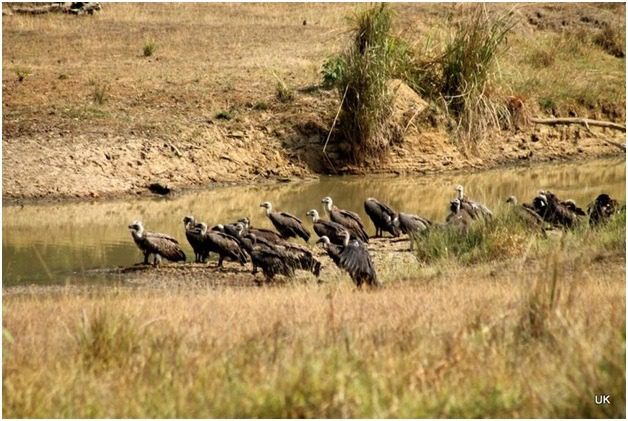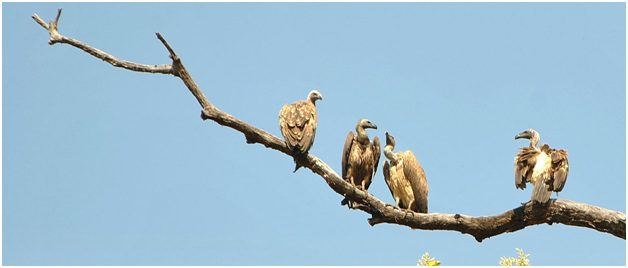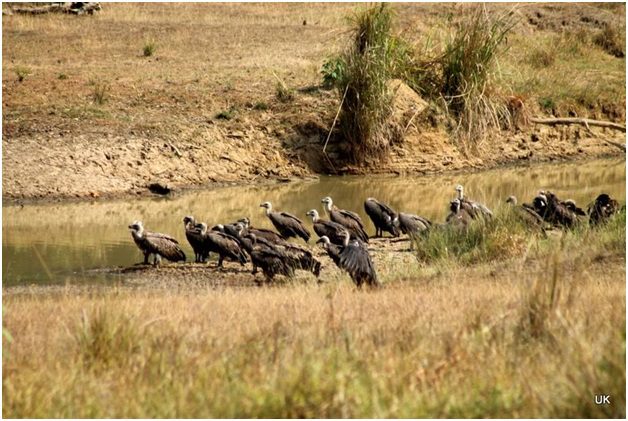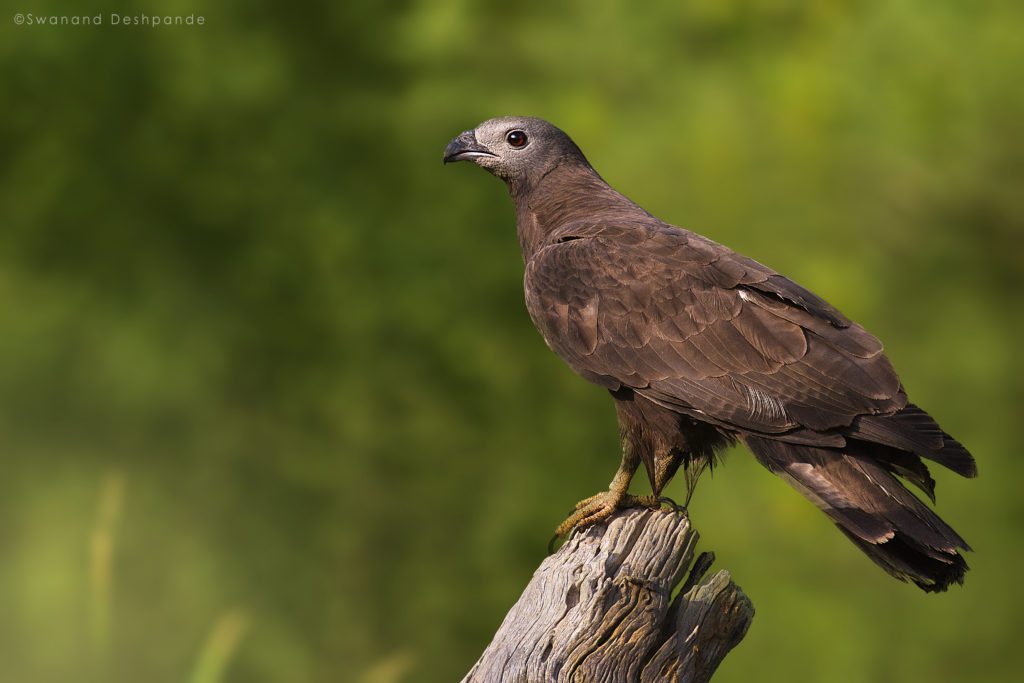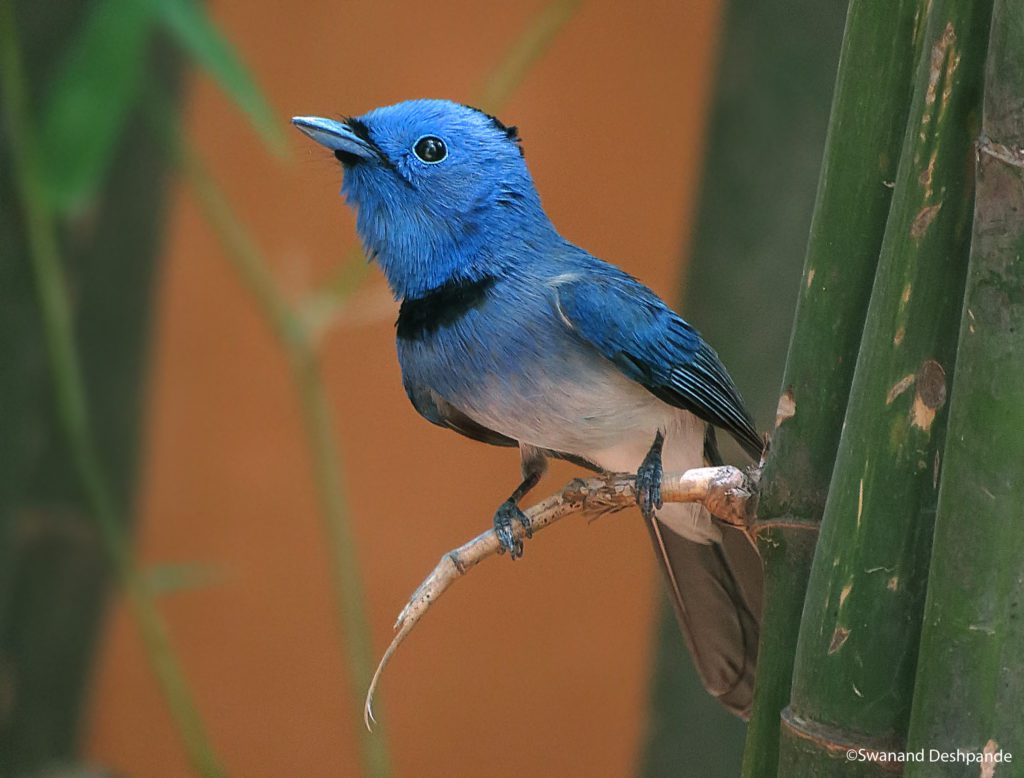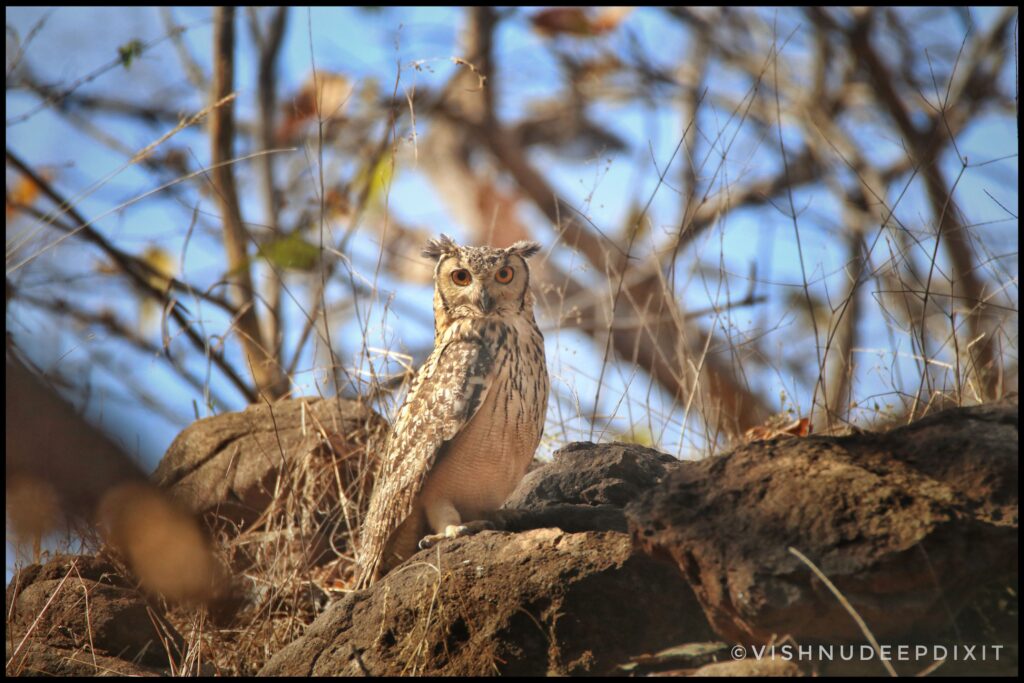Where have our Vultures gone?
In our plight to see the Tigers during our short visits to the jungles Vultures are obvious to be missed out. These birds are rarely seen in our skies anymore. Vultures are sacred animals all over the world, in Egypt, it is an emblem of Isis, and the Egyptian Goddess of maternity-Maat is depicted with the wings of a Vulture. Indian Subcontinent Vultures are found in Peninsular and Central India, Pakistan, and Afghanistan. The populous vultures until mid-1990 have become the fastest declining species in the world. Heavy use of diclofenac- a drug to cure inflammation and joint pain (similar to arthritis in humans) in domesticated cattle was not well digested by the vultures who feed on the cattle carrions. This has led to the rapid decline of more than 90% in India’s vulture population. Other reasons like heavy use of pesticides and processing of food also contribute minimally to this involuntary crime. From some 80 million the numbers have rolled down to an odd 50000. The drug results in death within days of consumption after acute kidney failure. With time the use was banned in 1996 hoping that it can put a full stop to the unruly and undesired extinction of the bird, but unawareness among the villagers still give a way to the procurement and use of the medicine. Meloxicam was introduced as a safer alternative. The death toll has now gone down by two-thirds post the ban. There are nine species of vultures found in India. The Indian, white-rumped, and slender-billed vulture saw a 99 percent decline. The practitioners of Zoroastrianism, whose members leave their dead for the vultures, turned to building vulture aviaries to maintain their tradition. Out of 16 old-world Vultures 11 are facing extinction.
Vultures are rightfully called the sanitizers of the ecosystem as they feed on the flesh of dead animals and prevent the bacteria and diseases in animals by clearing the carcass to the bones which helps decompose the dead three times faster than otherwise. In India cow is considered sacred and domesticated for dairy needs and not preferred for human consumption out of strong religious significance. Upon death, they are dumped in a commonplace that is inhabited by the vultures. With a decline in the vulture population, a rise in the plague-causing rodents and feral dogs has been seen. Vultures are long-lived and slow-breeding birds that attain sexual maturity by five years of age. The slow breeding process makes it even more difficult to conserve or reintroduce them. They have been listed as critically endangered in the IUCN list and killing them is strictly prohibited, even for research purposes.
Where to find Vultures in Central India?
Madhya Pradesh is a natural habitat of the Vultures and they are most commonly seen in Panna National Park. In 2014 BNHS and Birdlife International created a ‘Vulture Safe Zone’ in an area of 30000 sq. km in the Bundelkhand region that included Satna, Panna, Chattarpur, Tikamgarh, and nearby areas.
Census of 2015 vulture revealed a 100% increase in the population from nearly 600 to more than 1200 species in Panna. Panna National Park provides a very good habitat for vultures, nine species of critically endangered Vultures are observed to be found in Indian subcontinent. Their presence notifies fresh kill made by prey. With their bald head and slender necks vultures are capable of entering inside the dead and savor the soft flesh, clearing the carcass spic span. The terrains of Satpura, Panna, and Bandhavgarh Fort are the breeding grounds for Vultures in Central India. The best place for vultures is Giddh Pahari, Maihar, 2 hours from Bandhavgarh.
Following are the resident species found in central India
1) Egyptian Vulture (Neophron percnopterus)
2) White –Rumped Vulture (Gyps Bengalensis)
3) Indian Vulture( Gyps Indicus)
4) Red Headed Vulture (Sacrogyps calvus)
Migrant Species
1) Eurasian Griffon
2) Himalayan griffon
3) Cinereous
Pugdundee Safaris is associated with The Peregrine Fund which provides logistical and technical support to enable them effectively conducts their field studies. Munir Virani a leading raptor biologist and wildlife photographer devoted to conserving the birds of prey and the director of the African Peregrine Fund shares his views on ted talk by Munir Virani on why he loves vultures and what is the need to save them.
Courtesy: Vineeta Yadav

